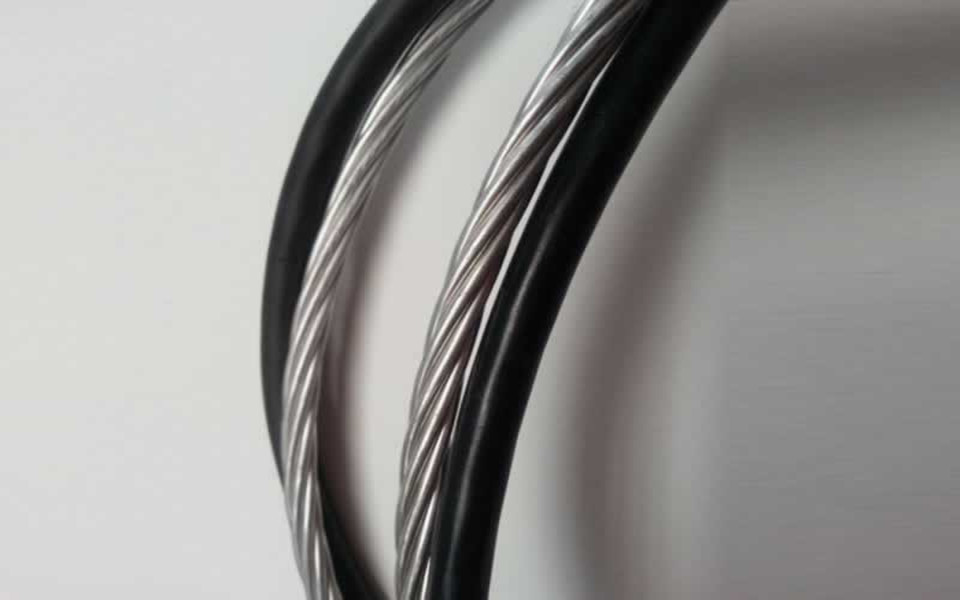Overhead transmission lines are the main components of the power system and transmission network.
They undertake most of the industrial and domestic transmission tasks and are also the most vulnerable parts of the power system.
The common faults are classified according to their nature. They are mainly divided into transient faults and permanent faults.
The transient faults mainly include flashovers caused by lightning overvoltage and short circuits caused by birds.
The permanent faults are primarily due to the climate or the equipment itself.
Caused by other reasons, such as ice and snow weather or line aging, etc., transient overvoltage breakdown of the transmission line insulation, equipment installation, storms, earthquakes, etc.

Caused by permanent short circuits of transmission lines.
According to the specific classification, it can be divided into horizontal and vertical faults.
The horizontal faults are mainly single-phase two-phase, and three-phase short circuits.
The vertical fault mainly has one-phase and two-phase disconnection problems. These faults can easily cause the transmission line to trip.
Accidents, so you need to find out the cause of the fault the first time of the fault, solve the problem in a targeted manner, or take precautions against a fault in advance.
Lightning weather hitting overhead transmission lines is very easy to form an overvoltage inside the line. This overvoltage is also called external overvoltage because it originates outside the power system.
It is usually divided into induction and direct lightning overvoltage, and the overvoltage is the most.
It is easy to cause flashovers and tripping inside the line. Lightning flashover discharge is mainly caused by tripping, which will form obvious discharge marks on the surface of the transmission line insulator.
A lightning strike may cause the permanent failure of the transmission line.
Usually due to the complete failure of the porcelain insulator of the transmission line, the break of the lightning rod, or the disconnection of the grounding line, etc. during the lightning strike.
The insulation of the transmission line needs to be safely transmitted even under internal and external voltages and long-time voltage operation.
However, the long-term operation will cause pollution on the surface.
These pollutions are easy to reduce the insulator itself in weather such as fog, rain, and melting snow.
The stain resistance strength causes the transmission line to form a dirty flashover fault during the delivery voltage.
Contamination flashover accidents are generally prone to occur in humid weather, such as light rain, sleet, etc. In the rain or heavy rain, the rain will wash away the dirt on the surface of the line, and the phenomenon of flashover will be less due to autumn. With less rain in winter and easy-to-form wet weather such as fog.